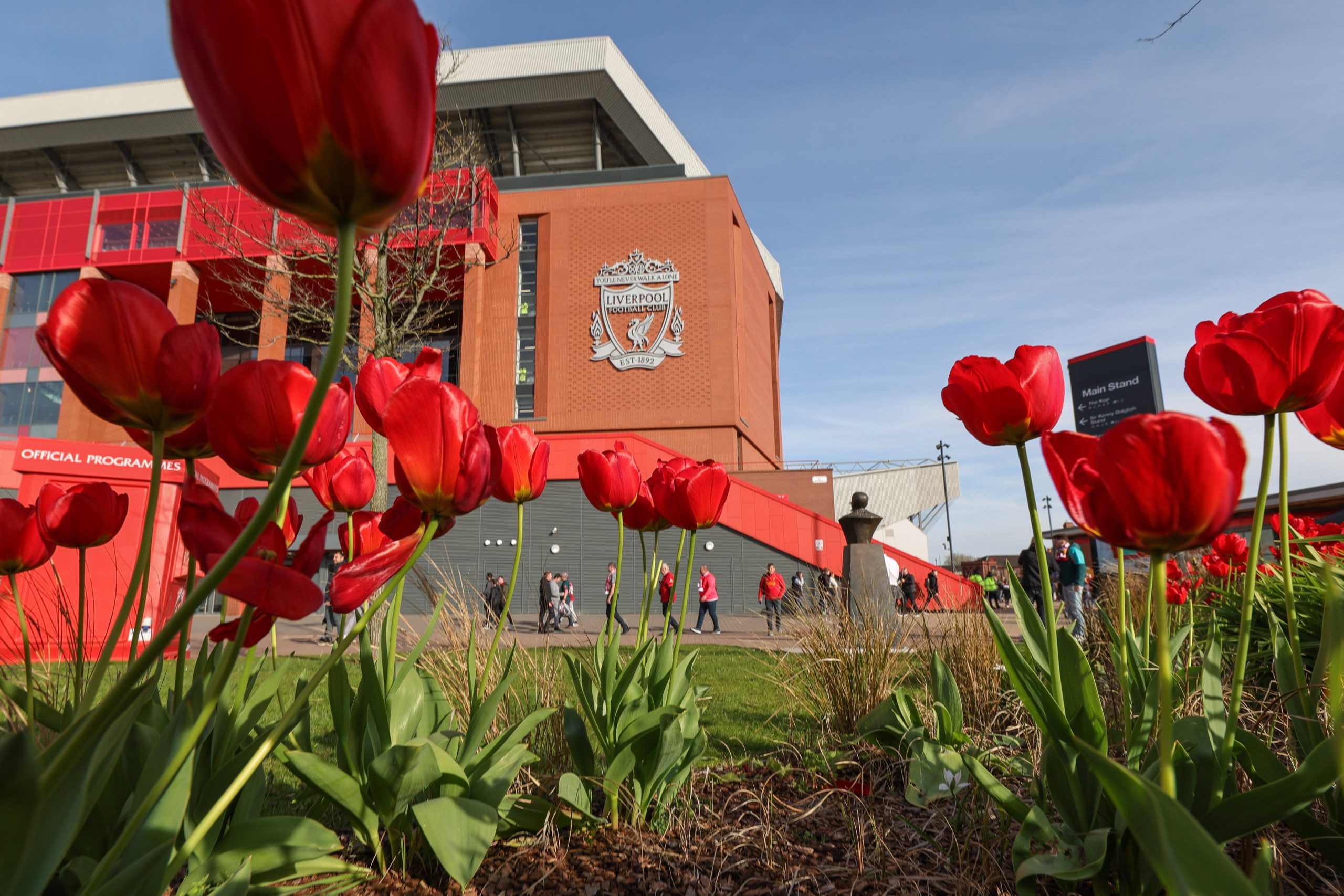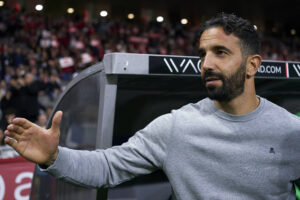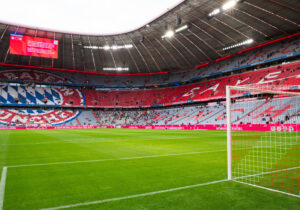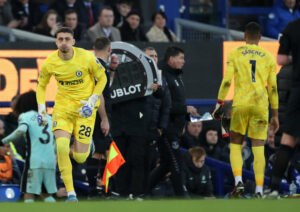As the January transfer window was progressing this year, it became apparent that it would be different from recent seasons in English football. Following Everton’s ten-point deduction for breaking the Premier League’s Profit and Sustainability Rules, clubs appear to have realised that poor money management will now lead to punishment. Many have subsequently tightened their belts to ensure they don’t fall into a similar trap.
Last year’s £815 million outlay was a Premier League record for the January window but following Everton’s points deduction, as well as the charges hanging over Nottingham Forest, it might be a while before that record is broken. Liverpool will always be at the forefront of transfer speculation, but the reality is that it is often just speculation, as they have been operating sustainably for several years.
Liverpool’s Transfer Policy an Example to Others
No Transfer Business for The Reds
Despite being linked with a whole host of names, mainly through unreliable sources and fan pages on social media, Liverpool did not make any signings in the January transfer window. It is not a huge surprise given what we have learned about Jurgen Klopp’s future at the club. Any new players would be coming into a situation where they might be deemed surplus to requirements under the guidance of a new manager.
But it is also just not a time Liverpool tend to be too involved in business. Such is their preference to complete deals early when the window re-opens at the end of the season.
Read More: Liverpool’s Defeat to Arsenal a Symptom of Wider ‘Big Six’ Problem
Klopp’s side have used January to do business before, most famously for securing the services of Virgil van Dijk in 2018 and Luiz Diaz in 2022. Both went on to make big contributions for the remainder of those respective campaigns and beyond but in reality, they were only signed in January because of complications with doing deals in the summer.
Liverpool had wanted Van Dijk in the summer of 2017 but negotiations and relationships with Southampton broke down so the club decided to hang fire, repair ties with the Saints and wait until January to complete the deal.
With Luis Diaz, Liverpool had a first-refusal agreement with FC Porto on acquiring the Colombian, and with Tottenham reportedly sniffing around at the time, the club had to make a decision whether to sign Diaz there and then or risk not getting him at all.
Watch: The Domino Effect Ruining Football
“Training is Our Transfer”
In his 2022 book, ‘Intensity’, assistant manager Pep Lijnders stated: ”Training is our transfer is what one member of staff always says to me. He couldn’t be more right” before going on to say: ”We noticed there was a lot of chatter about our perceived lack of business in the transfer window” in reference to Liverpool’s business in the summer of 2021: ”But we like how we do things, we like to create a different path towards success.”
Many point to the fact that Liverpool are not as active in the transfer window as being a reason The Reds haven’t consistently challenged at Manchester City’s level in all of Klopp’s years at the club. Finances certainly play a part in that, with the Champions League holders having spent more money than Liverpool (and now facing their own financial inquest), but the methodology of Klopp and his coaching staff still leans towards the importance of training and improving players, regardless of resources.
Read More: Liverpool Face ‘Stiff Competition’ For Jurgen Klopp Successor as Two Early Contenders Revealed
Take the example of Joe Gomez. He, like many Liverpool players, endured a miserable 2022/23 campaign and many thought he would be out of the club last summer. The England international has now redeemed himself and become an important part of the squad this season, filling in across the back line to cover injuries consistently and dependably.
Joel Matip is another in this category. Fans and pundits deemed the Cameroonian’s days to be numbered but he found himself a regular in the side again at the start of the season, only for injury to end his regained form prematurely.
Trust in Youth
A big factor in Liverpool not needing to utilise the January transfer window has been the clear emergence of quality through their academy.
Curtis Jones has been a feature in the side for several years but has progressed into a first-team regular this season. Through inconsistent spells and injuries, the coaching staff could see Jones’ potential and persisted with him. Perhaps there is no greater example of Liverpool’s successful transfer approach than the recent thumping of Chelsea where Jones featured in a midfield trio that collectively cost less than either Blues midfielders Enzo Fernandez or Moises Caicedo.
There have been further examples as well. Young Jarell Quansah found himself thrust into first-team duties at the beginning of the campaign as Liverpool negotiated injuries and suspensions to the back line and the 21-year-old has slotted in seamlessly. Numerous defensive options have been suggested as potential additions to the Liverpool squad since last Summer but The Reds might have saved themselves tens of millions by turning to youth.
Read More: Jurgen Klopp’s Greatest Moments as Liverpool Manager
The same can be said at right back. Jamie Carragher, among others, was pushing for Liverpool to sign a right-back and to make Trent Alexander-Arnold, another academy graduate, a permanent fixture of the midfield following his move to a more inverted role. But the people in the club didn’t see that need for that because they knew about Conor Bradley.
Bradley made a cameo appearance at Arsenal in the FA Cup Tie at the start of January and has featured heavily following Alexander-Arnold’s injury picked up in the same game. The Northern Ireland international has been a revelation since being in the side and again, might have saved Liverpool money by not going into the market.
Of course, the youth has to be good enough and if it isn’t, it is natural to turn towards transfers. But the development and progression of the likes of Jones, Quansah, and Bradley is through the work Klopp and his team have put in behind the scenes over eight years in bringing the academy to the required level.
Could Liverpool’s Transfer Policy Change?
Liverpool’s transfer policy as a club has worked harmoniously since Klopp arrived. The desire to buy smart and take a data-led approach, combined with resources tighter than many of their rivals has matched well with the manager’s methodology around coaching players and developing youth.
This summer will present a new challenge as any new manager coming in will have their own ideas but will also need to be open to working with this Liverpool transfer policy.
In a time where everyone else appears to be feeling the pinch of financial responsibility, Liverpool are going about their business as usual.






